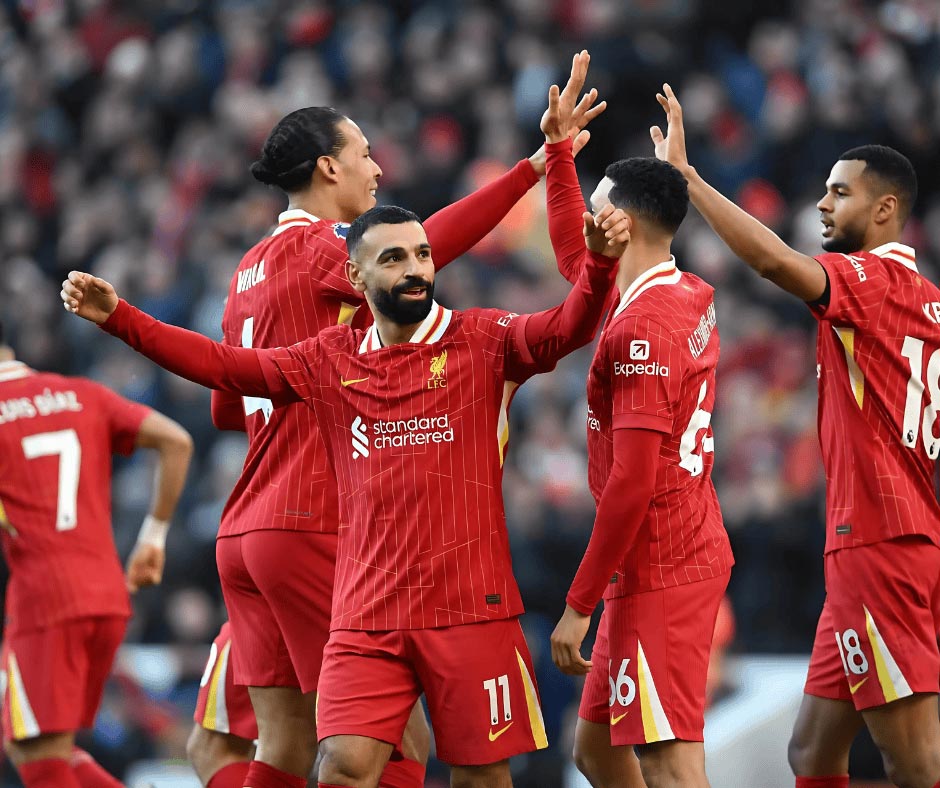Liverpool’s resurgence under Arne Slot capped a thrilling season, but it’s the league’s revenue resilience and global commercial strategy that continues to set the standard.
The 2024/25 Premier League season is in the books, and this time, it was Liverpool who emerged as champions, marking a triumphant start to the Arne Slot era after Jürgen Klopp’s emotional farewell last year. While the football was dramatic, the real story runs deeper: the Premier League’s position as a billion-dollar business ecosystem is stronger than ever, even as the competition off the pitch intensifies.

Liverpool’s title win didn’t just crown a new tactical era; it boosted the club’s global brand visibility, with merchandise sales surging and a new wave of international commercial partnerships emerging, particularly in Southeast Asia and the U.S. Under Slot, Liverpool combined attacking flair with data-driven discipline, and that modern identity is paying off financially.
But the Reds weren’t alone in winning big. According to Deloitte’s latest report, the Premier League generated over £6.4 billion in collective revenue this past season, with an unprecedented £1.9 billion coming from international media rights alone. These figures make the EPL the richest domestic league in world football, again outpacing La Liga, Serie A, and the Bundesliga.
The Core of the Premier League Model
What continues to set the Premier League apart is its unique revenue-sharing model. Even 20th-placed Sheffield United, who were relegated, earned over £105 million in TV and commercial distributions — more than Champions League-winning clubs in some other European leagues.
Mid-table clubs like Brentford, Crystal Palace, and Wolves are now operating on annual budgets exceeding £150 million, supported by global sponsorship deals, smart data recruitment, and international fanbase growth.
The league’s latest domestic media rights deal with Sky Sports, TNT Sports, and Amazon Prime, starting in 2025/26, is valued at over £6.7 billion for four years — a slight increase, despite market saturation. Internationally, deals in the U.S., India, Sub-Saharan Africa, and the Middle East continue to see double-digit growth.
But the Warning Signs Are There
Despite its dominance, the Premier League faces structural and reputational risks:
- Profitability & Sustainability Rules (PSR): Clubs like Everton and Nottingham Forest were docked points this past season for breaches. More cases are under review.
- Wage Inflation: The average player wage now exceeds £4.4 million annually, raising sustainability concerns for smaller clubs.
- Ownership Complexity: U.S. investment dominates, with 9 clubs having American majority or minority shareholders. While capital flows are strong, fan trust in foreign ownership remains mixed.
The league’s continued rejection of the European Super League (ESL) offers a stability advantage, but big clubs — including Manchester United and Arsenal — continue to push UEFA for a larger slice of Champions League revenue.
What to Watch in 2025/26
As next season approaches, four business themes will shape the league:
1. Tech & Data Innovation
Clubs are investing in AI for injury prevention, fan personalization, and even dynamic ticket pricing. Tottenham and Manchester City are leading on virtual fan experiences.
2. Women’s Football Growth
The Women’s Super League (WSL) is now fully under EPL commercial operations. Clubs are integrating women’s teams into their global branding strategy, especially in the U.S. and Asia.
3. Sustainability & ESG Reporting
The league has launched a green stadium initiative tied to sponsor partnerships. Arsenal, for example, is rolling out solar-powered matchday operations.
4. Emerging Markets
Expect a surge in club tours, academies, and brand activations across Africa and India, two of the league’s fastest-growing markets by digital audience.
“The Premier League isn’t just a football product,” says Deloitte’s Tim Bridge. “It’s a multinational, multi-platform entertainment enterprise.”







